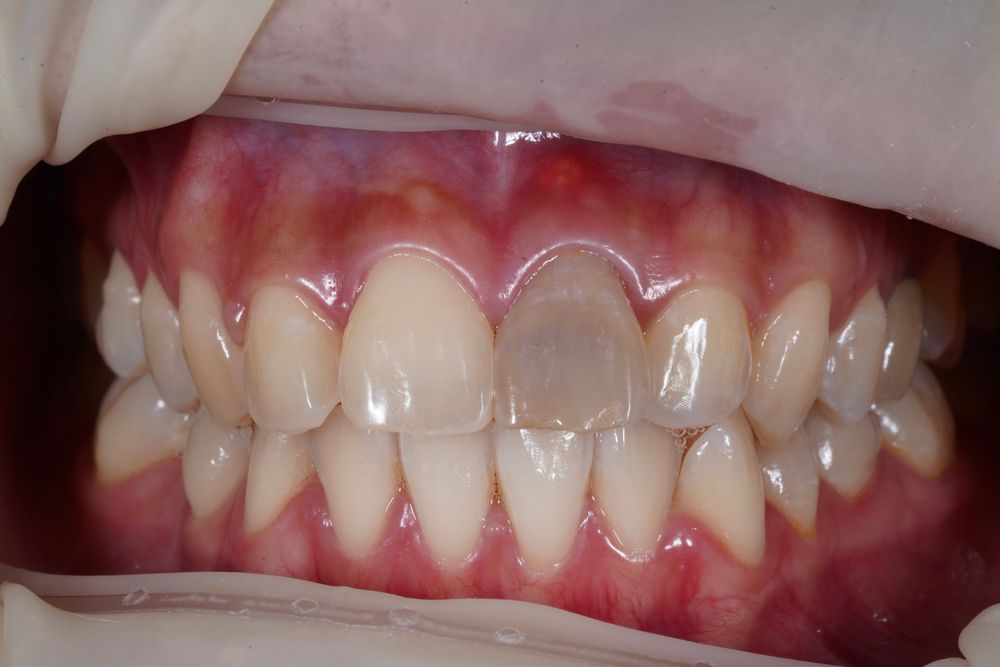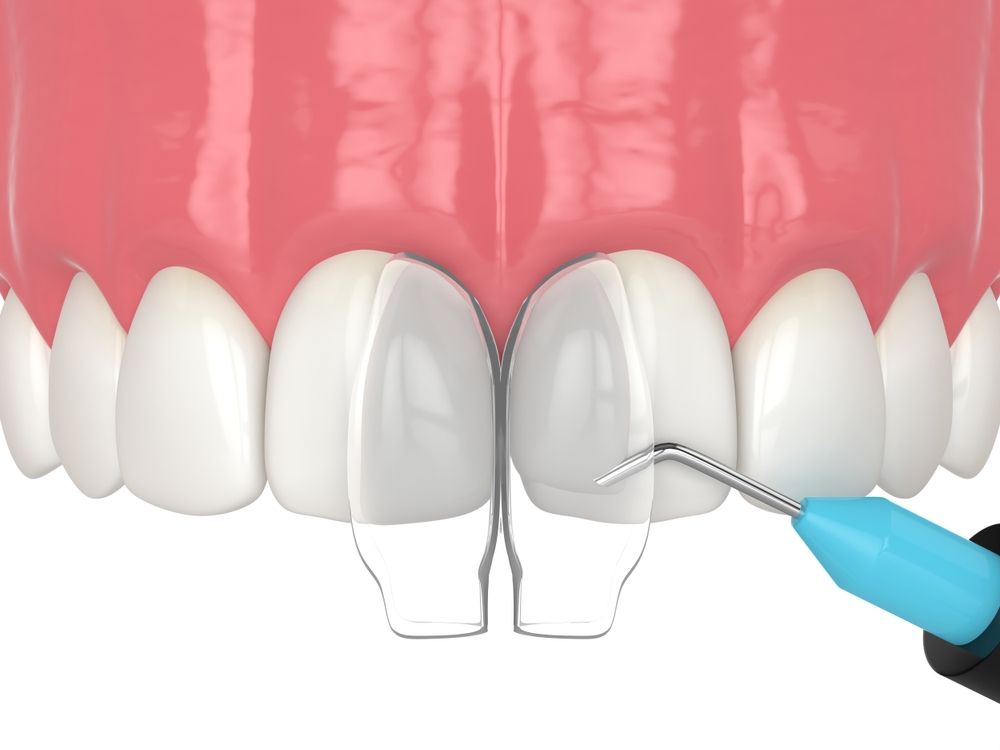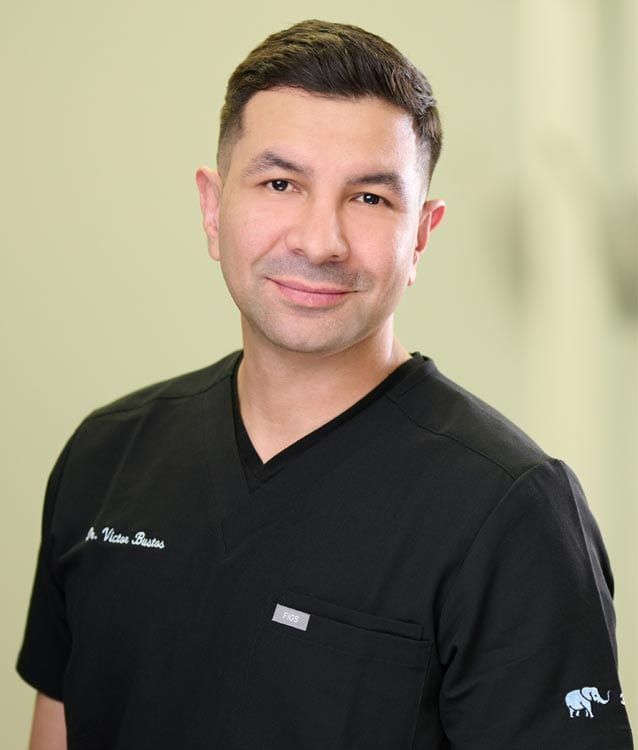Those with imperfect smiles tend to feel more self-conscious about sharing those smiles with others. Even in their happiest moments, they struggle with smiling openly. Even smiling, they may cover their mouth to prevent others from seeing their teeth. The cause of these aesthetic concerns is not necessarily poor oral hygiene. Some may have been born with malocclusion, the improper alignment of the teeth or the jaw. This leads to many of these patients seeking orthodontic treatments to produce a more attractive. However, when both malocclusion and damaged teeth are present, which should be addressed first?
Why Restoration Before Orthodontic Care Is Best
Restoration is the first step for patients with both dental damage and the need for orthodontic care. Dental decay impairs the strength and resilience of your teeth. This may make them incapable of withstanding the pressures that orthodontic care can place on them. The specifics of your malocclusion may make certain dental restorations easier to perform before orthodontics. For instance, dental decay impacts the sides of your teeth that will be hidden when your smile is corrected. Once these repairs have been achieved, the next step is orthodontic treatment.
- Realignment vs. Restoration – Orthodontic treatment is for addressing misaligned or misplaced teeth. They can also correct concerns with cross-bite, underbite, overbite, and other forms of jaw misalignment. Some mild alignment issues can be aesthetically addressed using restorative procedures. However, clear aligners or traditional brace will ensure a proper fit.
- Cost Vs. Results – Orthodontic care tends to be pricier than many forms of restoration care. When cost is a concern, it makes sense to address the concerns you can afford first. Later, when funds are more available, you can opt for the more expensive orthodontic treatment. Failure to act fast on restoration issues can worsen before they can be addressed.
- Isolated Vs. Combined Treatment – Another consideration is whether your care will require many visits to address any given issue. More complex cases may require multiple visits and the assistance of more than one specialist. This may change which type of care is opted for first, though most will agree restoration is the place to start.
To get the best outcome, you should work closely with all the professionals involved in your care. The specific treatment plan will vary based on your case’s complexity and the disciplines involved. Throughout your course of treatment, be certain that all involved specialists are kept up to date on your progress in other areas.
Develop Your Treatment Plan With Your Dental Provider
Every year there are new advances that come to the dental industry. These advances can include new technologies and treatment approaches. Clear aligners are an example of an innovation that completely changed orthodontic treatments. Working with your dentist will help you learn the newest restoration and orthodontic treatment options available. From there, you can determine which of them is best for your case and the order in which you should proceed. Call for your dental consultation today!






